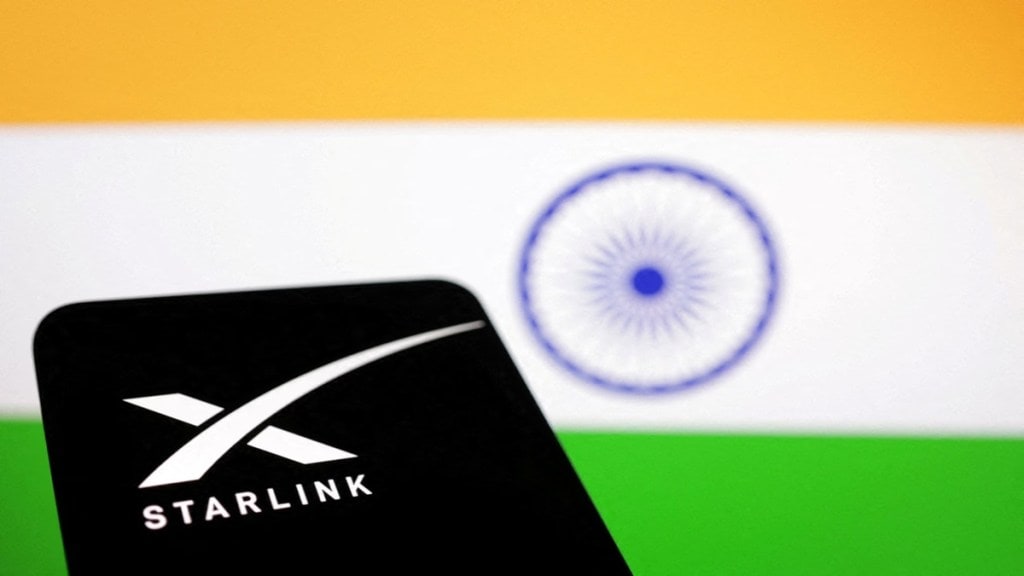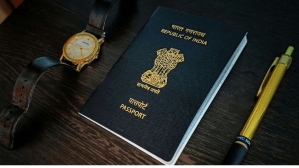Elon Musk’s Starlink has secured its global mobile personal communication by satellite (GMPCS) licence from the department of telecommunications (DoT), a significant regulatory milestone in its long-awaited India entry. With this, the SpaceX-owned satellite communications service provider inches closer to commencing services in the country, pending a few more approvals before it can go live.
Starlink is now the third satellite communications (satcom) operator to receive the GMPCS licence, following Eutelsat’s OneWeb and the Jio-SES joint venture. The clearance from DoT comes after the company met all security compliance conditions outlined in its letter of intent (LoI), including commitments on lawful interception and local infrastructure. A fourth applicant, Amazon’s Kuiper is still waiting for approvals.
Having crossed this regulatory hurdle, Starlink now needs to secure the next critical approval, from the Indian National Space Promotion and Authorisation Centre (In-SPACe). The space regulator’s go-ahead is mandatory before Starlink can begin trial services and receive a provisional spectrum allocation. This interim allocation would allow the company to test operations and demonstrate compliance with the country’s national security and technical standards.
Starlink’s India launch has been years in the making. The company had been awaiting the GMPCS licence for over three years and has already submitted detailed plans to the government. These include establishing three ground gateways and a local command-and-control centre, requirements necessary to ensure operational transparency and national security compliance. It also plans to set up a Network Operations Centre (NOC) to manage the services locally.
According to a senior official, commercial services could still be at least nine months away, with Starlink having to complete infrastructure build-out and operational readiness before launch. “They will still need to complete several procedural steps, including setting up gateways and lawful interception systems,” the official said.
Further, the final guidelines relating to spectrum allocation still needs to be firmed up. Though, the Telecom Regulatory Authority of India (Trai) has submitted its long-awaited recommendations on satellite spectrum pricing through the administrative pricing mechanism, the same needs to be accepted by the DoT. The matter then needs the approval of the Union Cabinet.
The Trai has proposed a spectrum usage charge of 4% of adjusted gross revenue (AGR) for a five-year period, alongside an annual licence fee pegged at 8% of AGR. To ensure a minimum revenue flow to the exchequer, Trai also introduced a floor charge of Rs 3,500 per MHz per year, applicable even when the 4% AGR-based fee falls below this threshold.
Meanwhile, the Cellular Operators Association of India (COAI), which represents the country’s three private telecom providers, has criticised Trai’s proposals, alleging that the low fees and lack of auction obligations unfairly benefit satellite companies. In a letter to the DoT, COAI has said that satcom players could rapidly scale up and disrupt the market, citing Starlink’s success in Kenya as an example.








